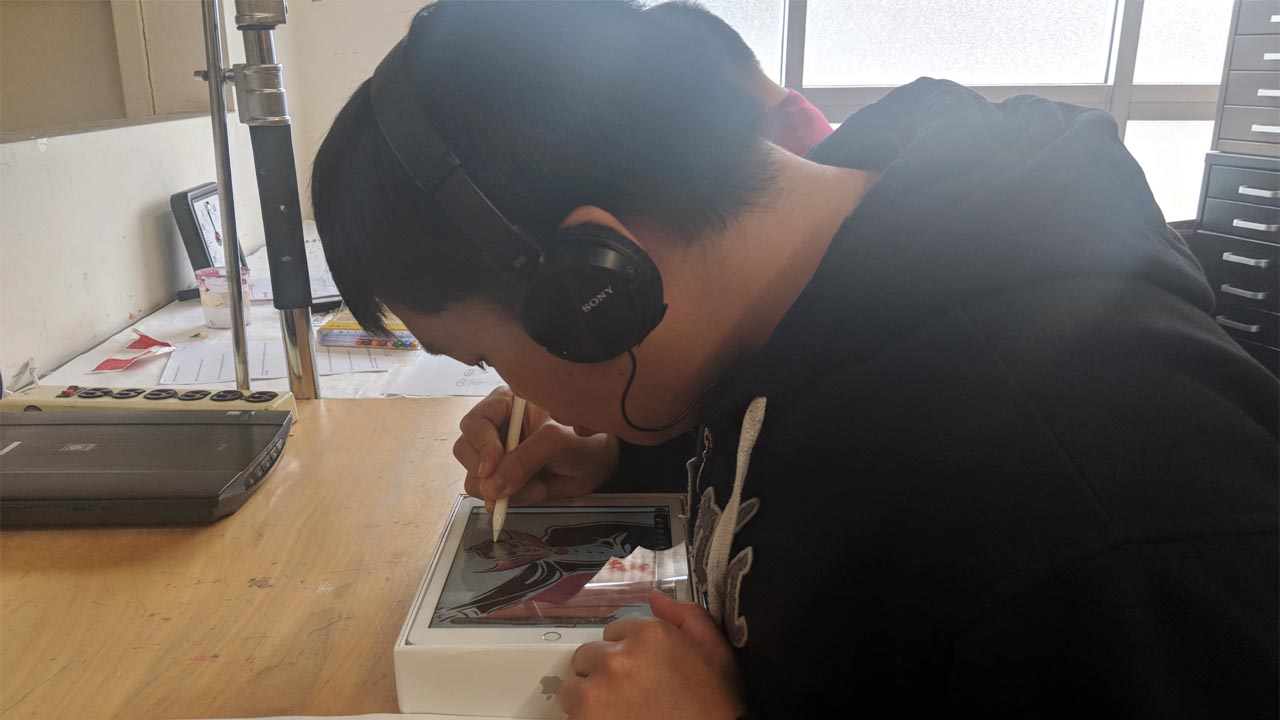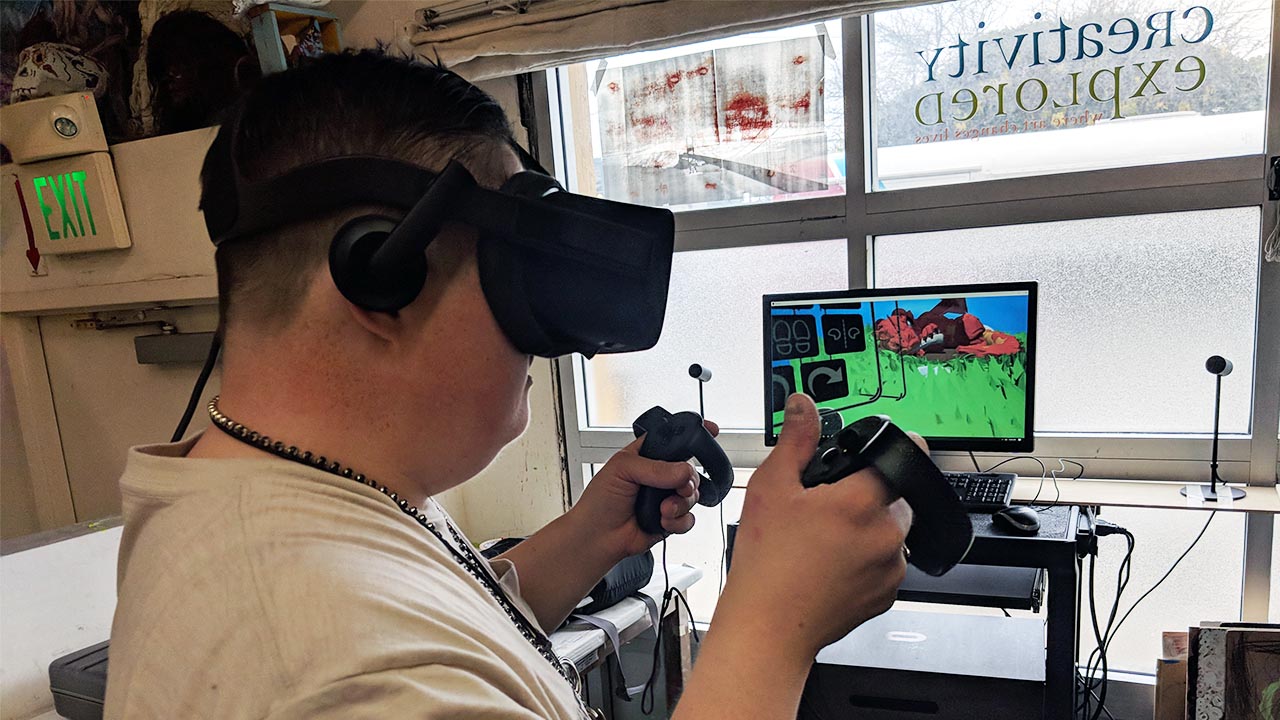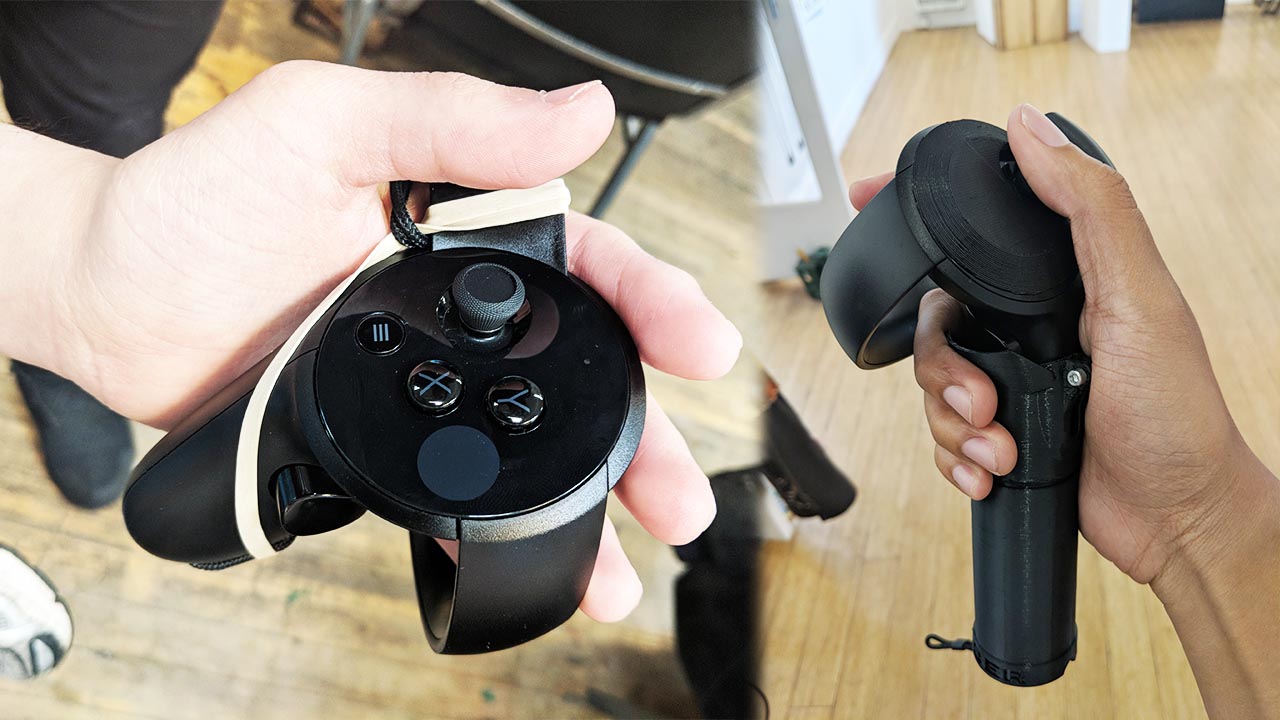Digital Frontiers
Curriculum for new technologies - Case Study
Last year I worked as the Digital Multimedia Instructor at Creativity Explored, in San Francisco, an art studio for adults with developmental disabilities. My time there was truly unique to say the least. The two studios house a multitude of talented artists across a variety of mediums.
Drawing on my previous teaching experience in Baltimore, I set out to introduce these artists to new tools and techniques for creating artwork. Little did I know how much I would learn from the artists themselves, how they view the world, and how we all view each other.
From the outset It was very important for me to find solutions for each artist that addressed their individual needs and preferences. Sometimes this meant a heavier workload, but it allowed me to iterate daily when developing new methods for teaching digital based artwork.
Project Highlights
YEAR
2019
CLIENT
Creativity Explored
WEBSITE
SERVICES
Design, Teaching, Strategy, Development
Concept

Animating with Sketchbook Motion app on the iPad
Art making with digital media is a more involved process than making art with traditional tools. This is often the major limiting factor that keeps this artwork from being more prevalent in art centers. The technical barrier to entry keeps these projects out of reach for many artists, instructors, and studios.
Equally as challenging is the question of, how do you sell and promote this type of artwork? While at CE, I found several solutions for creating tangible art objects from digital works, and strategies for creating value, in a gallery setting or via social media and other marketing channels.

Exploring new possibilities with Tilt Brush.
I worked with a variety of artists whose natural talents, and challenges, required me to think on my feet. Creating a flexible workflow meant introducing tools like the Apple iPad and Apple Pencil. This not only gave me more mobility around the studio, but many artists enjoyed a newfound speed when creating work this way.
As intuitive as these tools are, I found that some apps were still not as accessible as they could be. Artists with limited mobility in particular needed more adaptable solutions or a completely different workflow tailored to their strengths.

Creating 3D sculpture with Google Blocks.
This need for adaptability was immediately prevalent when adding virtual reality in the mix. For many artists this was their first introduction to VR. Naturally, I found that the younger artists who grew up playing video games quickly got the hang of creating this with these art tools. In contrast, older artists found it a bit foreign but enjoyed the immersive qualities of VR.

3D printed button cover and grip
This lead to strategies for teaching the Oculus Rift and software like Tilt Brush, Oculus Medium, Google Blocks, and Quill. As a bonus, I was able to took artists on virtual field trips which helped spur the imagination.
While observing my artists, I identified some adaptability issues with the hardware and addressed them with 3D printed custom parts. These improvements made usability easier for artists with larger hands or those less familiar with controllers.
I believe these technologies are making great strides in empowering creatives with disabilities, but they still have a long way to go. Hopefully this curriculum can provide a framework that helps bridge the gap between underrepresented artists with disabilities and the rest of the digital art world.
Video
Promotional Artwork by Nathan Gorey, Animation by Jose.